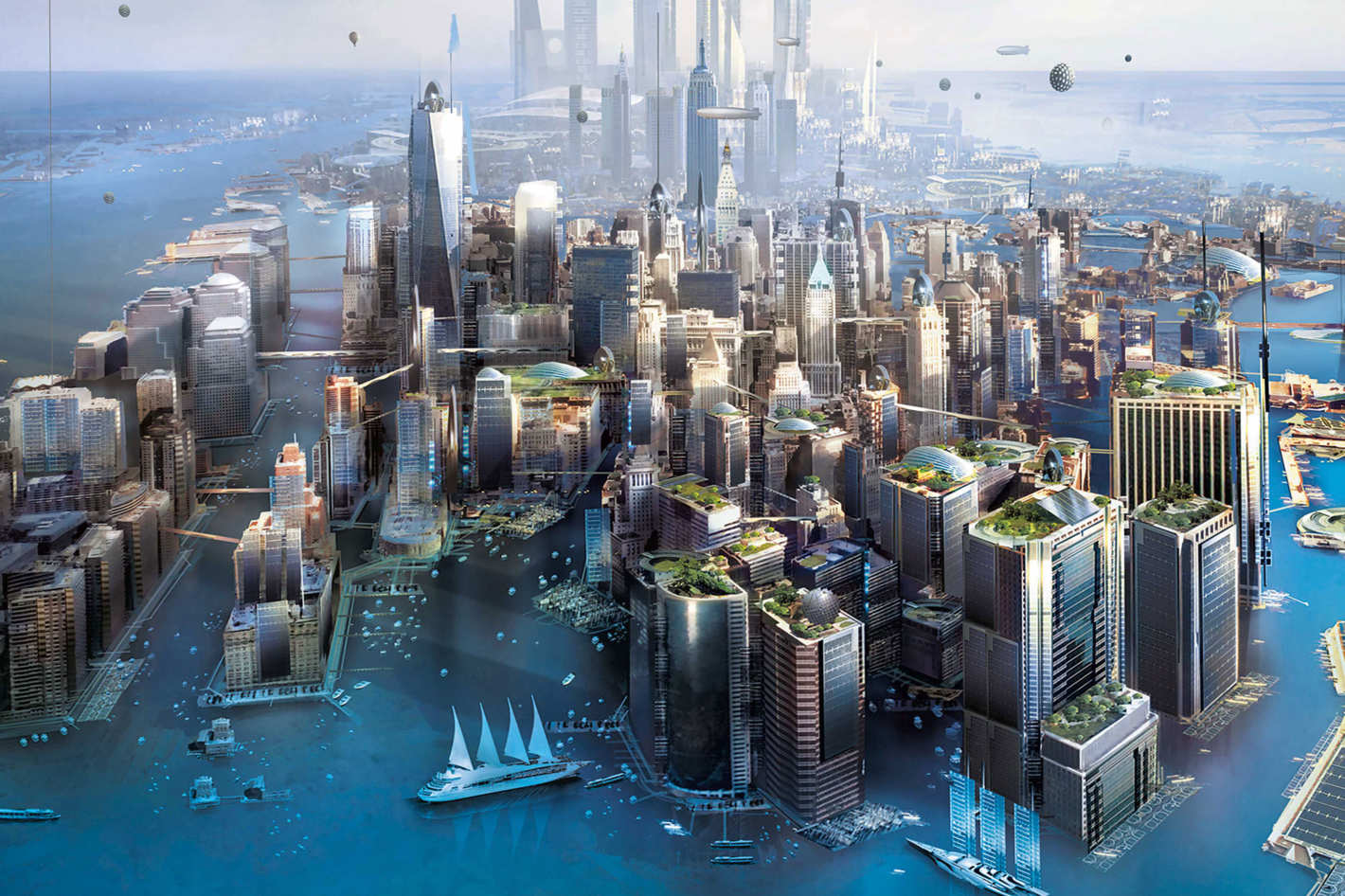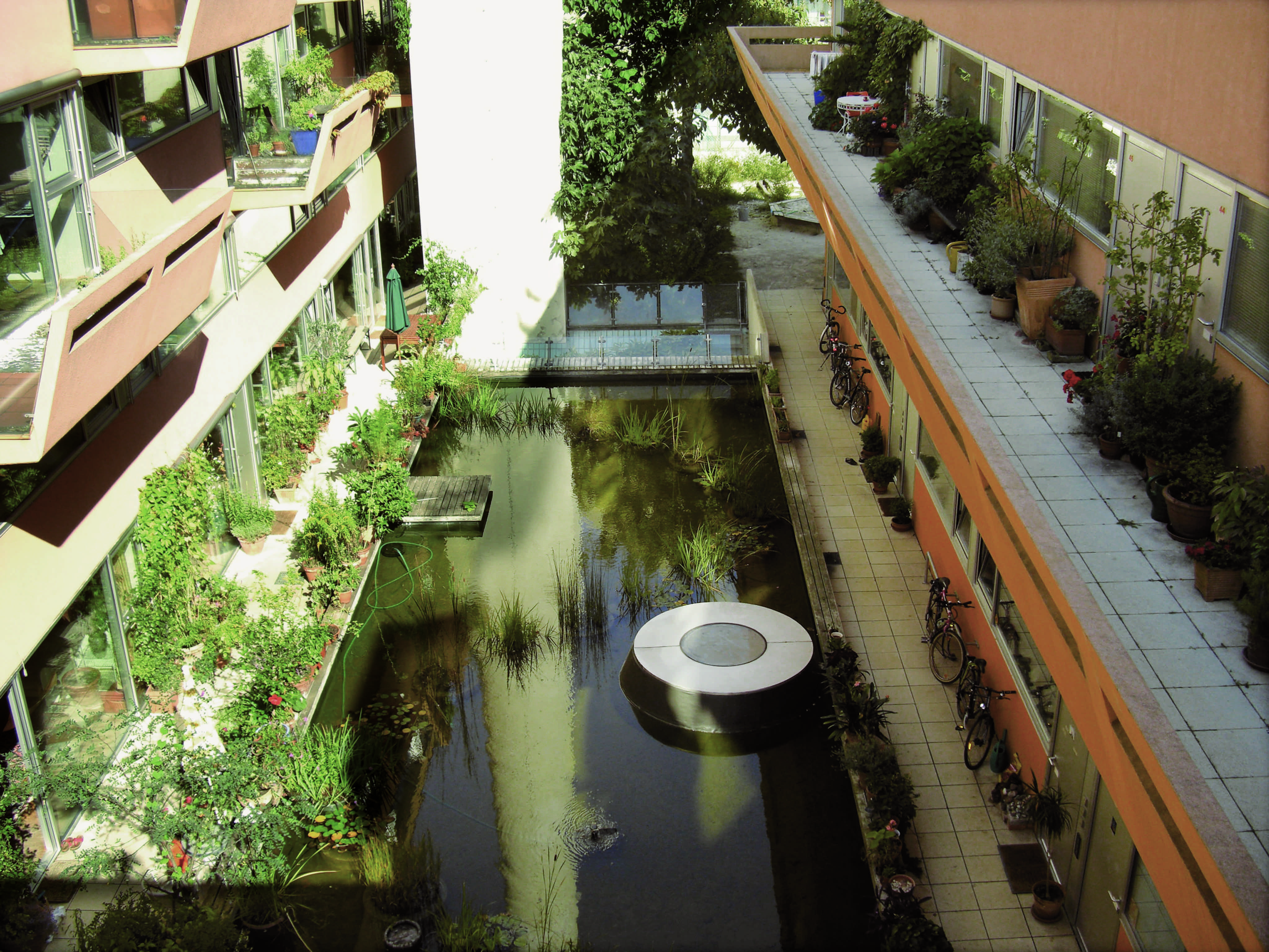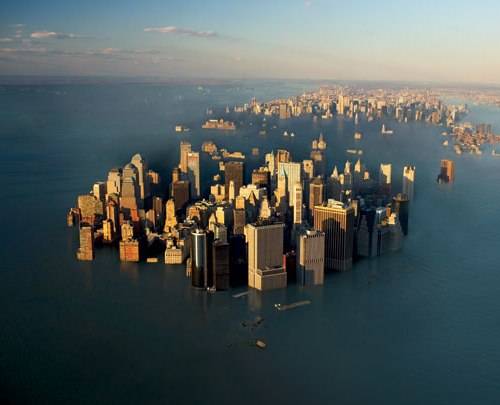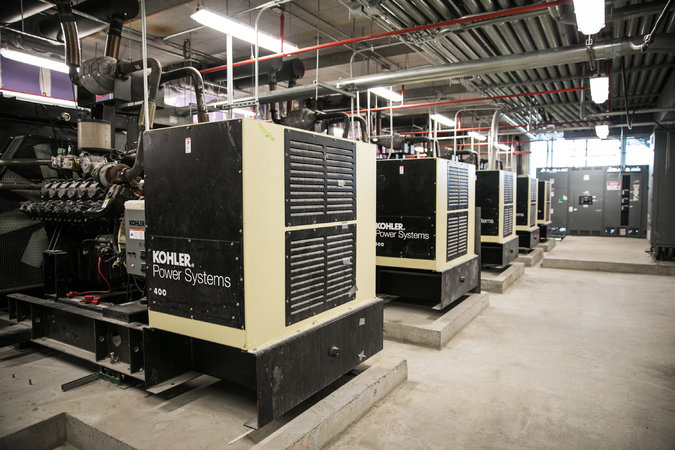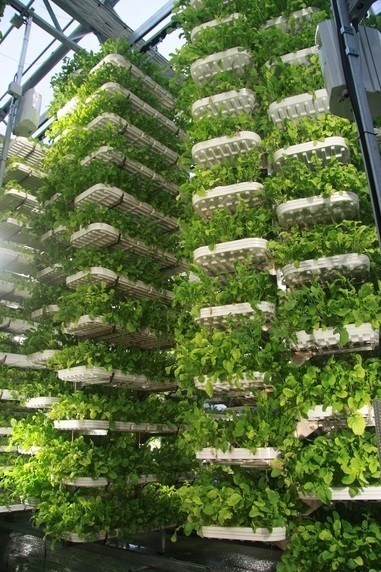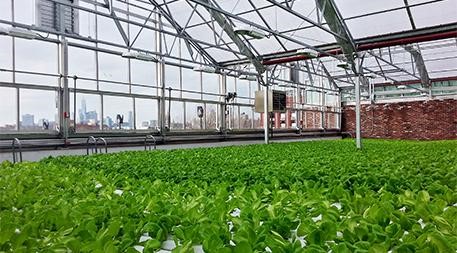Major Progress Spawns New Problems: Solutions for NYC’s Built Environment
New York City, a thriving metropolis where social, political and technological breakthroughs happen daily. As the city’s focus shifts constantly for the sake of progress, there will be topics that are neglected, even ignored, and the consequences catastrophic. Issues not unlike the energy crisis, poverty, global warming and even food production have grown exponentially, now too big not to give attention to. Solutions to these issues can be addressed by applying them on the biggest scale the city is known for: its buildings. Here are 5 types of buildings that could help solve our city’s biggest problems:
1. Green Buildings
When it comes to preserving and restoring the flora of its land, New York City has been doing the most it possibly can, but a recurring issue for green projects are a lack of space. Introducing vertical forest buildings: These structures would allow much needed vegetation to grow over a smaller surface area and improve the poor air quality that cities are known for, demonstrating that a civilization’s urbanization does not have to be at the expense of the natural environment.
The taller tower will house a museum, offices, shops, and a green architecture school to promote the vertical forest concept.
China has some of the most polluted cities in the world. As a response they have started developing these forest buildings in Nanjing that, “will be able to absorb some 25 tons of CO2 each year and generate 60 kilograms of oxygen per day”, according to architect Stephen Boeri’s plans. China has even started production on an entire “forest city” slated for completion in 2020, raising the bar for urban design worldwide.
Futuristic looking cities can coexist with lush vegetation.
2. Smart Living
With an identifiable homelessness issue in NYC, employing a model like that of Vienna’s for running residency will help New York manage the well-being of its individuals. Vienna uses cost effective building methods that are cheap yet maintain a high level of quality. Their innovative “transit-centered development” allows the government to construct train lines before suburban housing developments are built, helping with unemployment by increasing transportation options from homes.
Vienna sets an example of how governing bodies can assist developers in growing local communities. This could be a model for Long Island where new beneficial projects frequently run into government roadblocks.
Vienna makes living spaces affordable and visually appealing, even including a kindergarten, restaurant, library, and rehearsal room.
3. Energy Efficient
For a long time, New York has been pushing for energy efficiency, The Natural Resources Defense Council claims that New York City’s structures are, “responsible for more than two-thirds of its carbon emissions”.
With many old structures not having been updated for decades, there is a need for remodeling to allow more natural light, clean air, along with the use of alternate energy resources. Using smart HVAC and light systems that activate when reading a heat signature would also help conserve energy in a building.
The CIS Solar Tower in Manchester, England generates solar energy to help power itself.
4.Prepared to Deal with Climate Change
With the issue of climate change, New York City is going to need to adapt with a great sense of urgency. Natural disasters have become more frequent and intense in the Tri-State area as we have come to see with Hurricane Sandy and Irene, causing millions of dollars in damage. The need for a secure refuge in buildings is necessary to defend against the growing fury of the elements.
The potential for 10 feet increase in sea levels over the next 50 years looms.
Updating building regulations for hospitals and schools to avoid overheating during heat waves will help avoid many unwanted deaths. With flooding becoming common along the coast, citizens will have to look for functional new homes that are not inundated, searching for structures like the American Copper buildings.
These structures hold emergency natural gas-powered “generators that can power each apartment’s refrigerator” for up to a week, mechanical systems on the second floor so that water will not affect them, and a water mitigation system that filters out flood water into, “sump pits, from which it can be pumped into the city’s storm sewer system when the rain subsides”. Taking precautionary measures like these will help to build a resilient New York for tomorrow.
48th floor emergency generators, dependable energy sources that are extremely unlikely to feel wrath of a flood.
5. Vertical Farming
As farming production struggles to keep up with population demand, locally grown food for New York appears to be the best answer to this issue. Yet producing it in the city seems an impossibility. Until now: with the ability to have buildings function as stacked gardens, cities can produce their own local food source. No more long shipments that end up wasting precious energy, the city could have everything it needs right across the street. A self-reliant, self-sustaining metropolis without a need to rely much on other foreign suppliers that have the potential to lose their ability to grow food.
Growing crops right in the city will help in more ways than one: it would be a great tourist attraction, circulating needed money into the economy as well as helping local farmers markets gain support. Vertical farming could be the future of feeding an ever-increasing NYC population of millions as it yields 90% more usable crop, “rather than about 50 percent for traditional farming”.
Vertical gardens are basically apartment buildings for plants, a big population and little space means stacking up.
Japanese branches of the Subway food franchise are even beginning to grow their lettuce with the use of LED lights in house. This method wastes less energy in total compared to the traditional cost of shipping over food from another country and their “yields are 10 to 20 times higher than the same crop grown outdoors”.
Greens pictured in these images are capable of growing year round without dependence on fertile soil and direct sunlight.
One thing is almost certain, New York City’s population will continue to grow. Taking a few tips from rapidly growing cities around the world will help speed up the process of making New York the most efficient, beautiful, and well-designed city in the world. New York faces some major challenges as we move further into the future, but smart, effective and efficient design/construction can ensure that the city maintains its great status.
For more interesting information on design trends, building efficiencies, and new construction, follow us on LinkedIn, YouTube and Twitter. Talisen is building New York’s best possible tomorrow, today.
